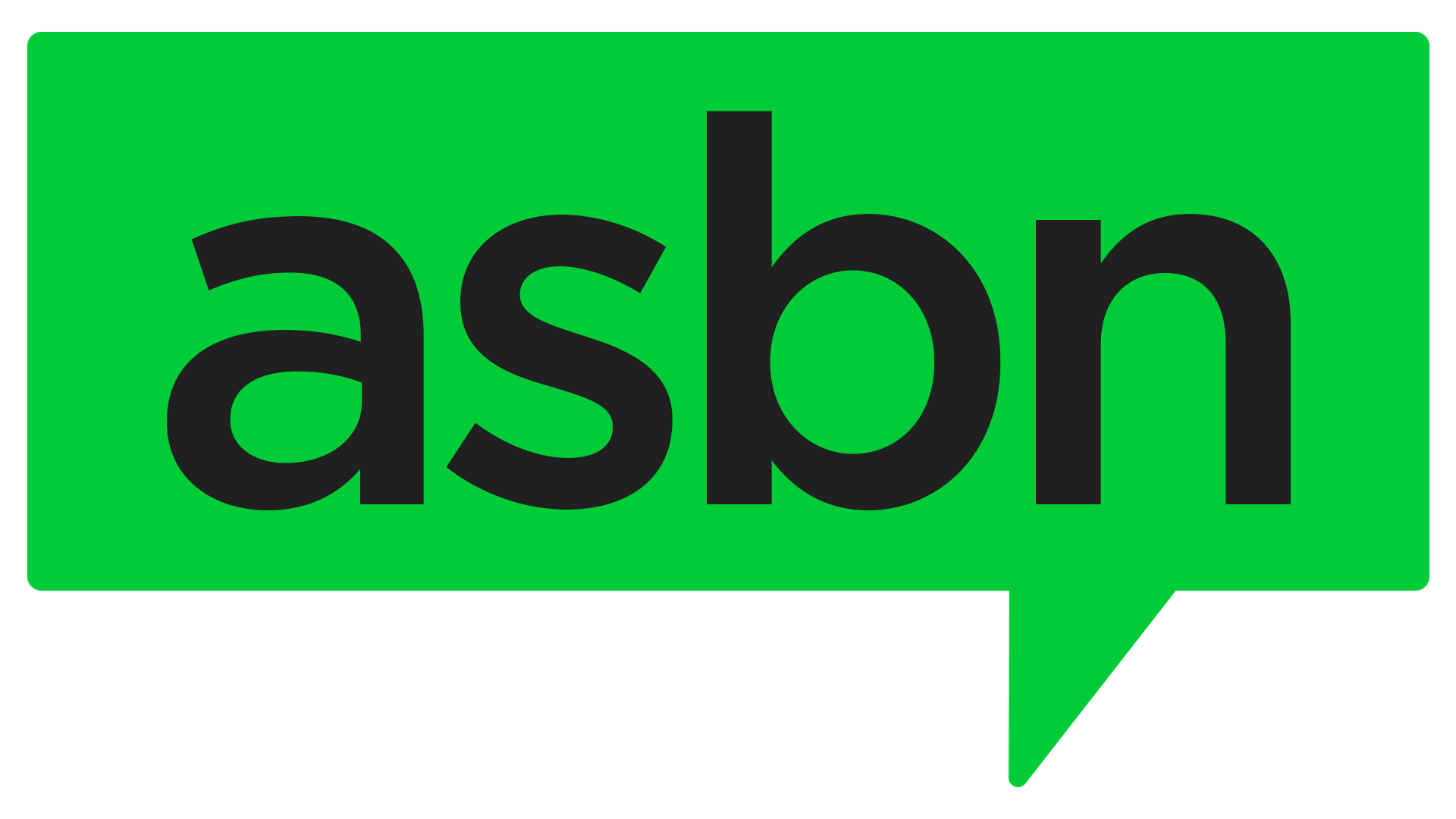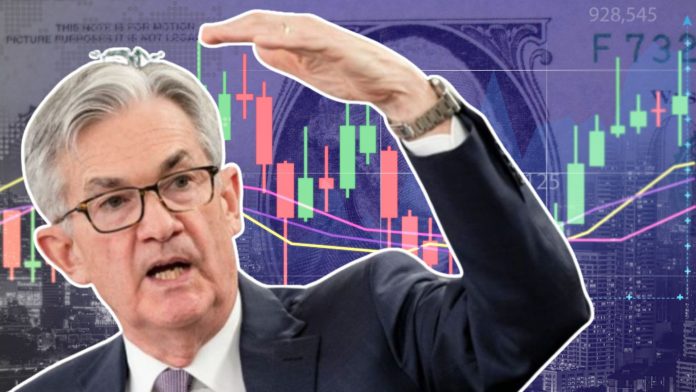The Federal Reserve held its benchmark short-term interest rate unchanged Wednesday for the fifth time this year, maintaining the rate near 4.3% despite mounting political pressure and signs of internal division.
The decision follows three rate cuts in the previous year but signals continued caution from central bank officials. Fed Chair Jerome Powell has indicated that the central bank is monitoring the economic effects of tariffs imposed under President Donald Trump’s trade policies, which have raised prices for goods such as furniture and appliances. However, while inflation has edged up, it remains below many economists’ expectations.
In a notable development, two members of the Fed’s seven-member Board of Governors, Christopher Waller and Michelle Bowman, voted for a rate cut. This marks the first time in over three decades that two Washington-based governors have dissented. One member, Adriana Kugler, was absent from the vote.
The move could deepen tensions between the Fed and the White House. President Trump has repeatedly demanded lower borrowing costs, arguing that strong economic growth warrants a rate cut. However, the Fed typically holds or raises rates in times of economic strength to prevent inflation, not reduce them.
The economy grew at a 3% annual rate in the second quarter, following a 0.5% contraction in the first, averaging out to roughly 1.2% growth for the first half of the year. While robust on paper, some Fed officials view underlying indicators, specifically job growth, as showing signs of softening.
Bowman previously dissented last September when she favored a smaller rate cut than the Fed enacted, citing inflation that remained above 2.5%. Waller has pushed for cuts to mitigate slowing job growth and prevent rising unemployment, though his stance differs from the White House’s more politically driven rationale.
Analysts suggest the dissent may also reflect positioning ahead of Powell’s term expiration in May 2026. Waller, in particular, has been discussed as a potential successor if Trump seeks to appoint a more peaceful Fed chair.
However, the Fed’s broader rate-setting committee is divided, with projections from June showing varied preferences: seven members favor no further cuts in 2025, while others support one to three additional reductions. The next possible moves may come at one of the three remaining policy meetings this year, in September, October, or December.
Despite disagreement, the Fed’s baseline outlook still calls for two cuts by year-end. Market watchers also anticipate reductions in September and December, with futures pricing reflecting those expectations.
Should the Fed move to lower rates later this year, it may ease borrowing costs for consumers and small businesses, potentially reducing rates on credit cards, auto loans, and mortgages.
Adding further strain, the Fed’s meeting followed a turbulent week of public accusations from the Trump administration, including criticism of Powell over the cost of a $2.5 billion renovation of Fed buildings. Although the White House has since walked back suggestions that the spending could justify Powell’s removal, the incident underscores ongoing friction.
While political rhetoric suggests a strong economy should lead to rate cuts, most economists disagree. In conventional monetary policy, robust growth typically supports higher, not lower, interest rates to guard against inflation.
With internal dissent rising and external pressure intensifying, the Fed faces a complex landscape as it approaches its next policy decisions.



 ASBN, from startup to success, we are your go-to resource for small business news, expert advice, information, and event coverage.
ASBN, from startup to success, we are your go-to resource for small business news, expert advice, information, and event coverage.